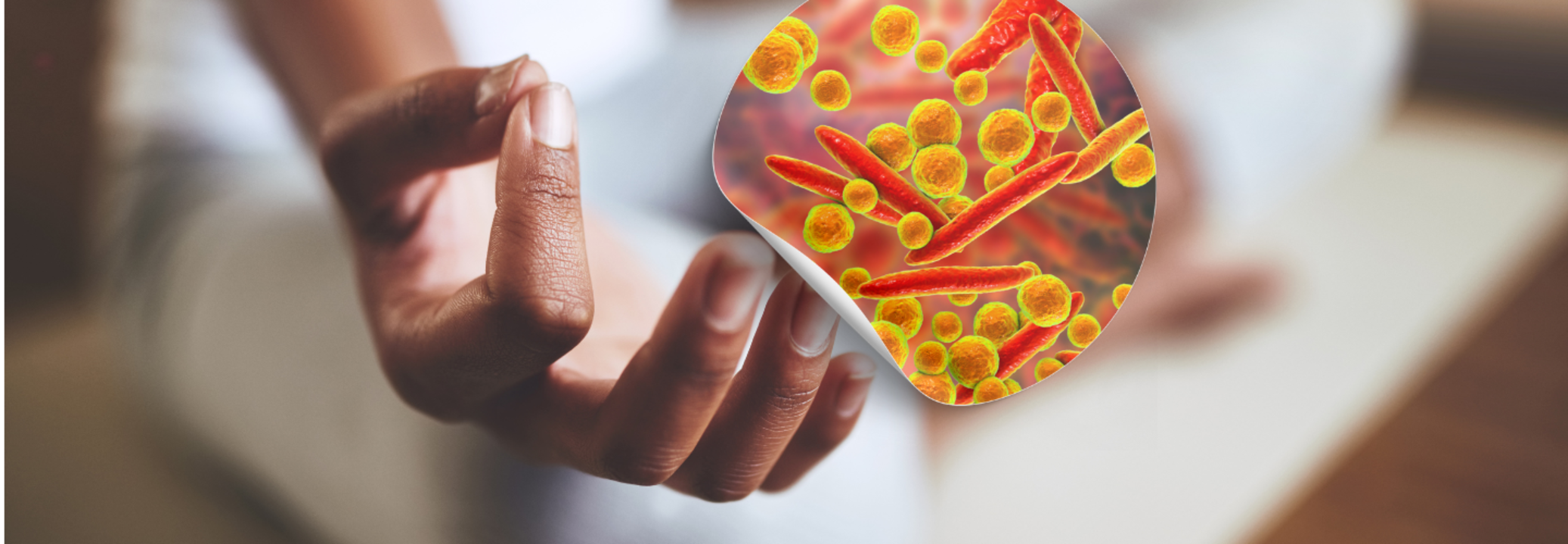Can Meditation Really Heal Your Cells? Know Its Impact On Health

Can Meditation Really Heal Your Cells? (Credit: Canva)
SummaryKnow how meditation promotes cellular repair which could ultimately foster mental harmony and overall well-being. Here is how you can unlock your inner potential with simple steps.
End of Article
